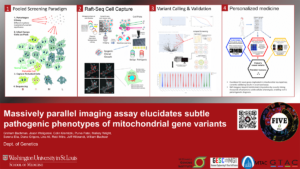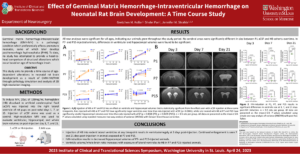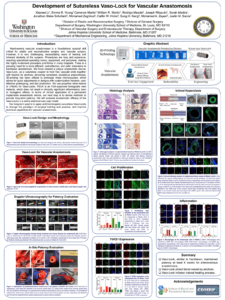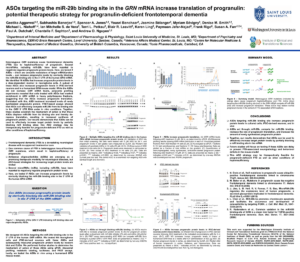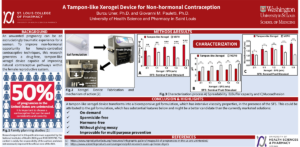Introduction: Mutations in mitochondrial genes underlie numerous neurodegenerative diseases, yet the significance of most variants is uncertain concerning disease phenotypes. Many pathogenic mutations cause visibly distinct morphological differences in afflicted cells, allowing human cells to serve as proxies for patients when studying the genetic basis of disease. This postulate provides the basis for a pooled […]
1. Massively Parallel Imaging Assay Elucidates Subtle Pathogenic Phenotypes of Mitochondrial Gene Variants
